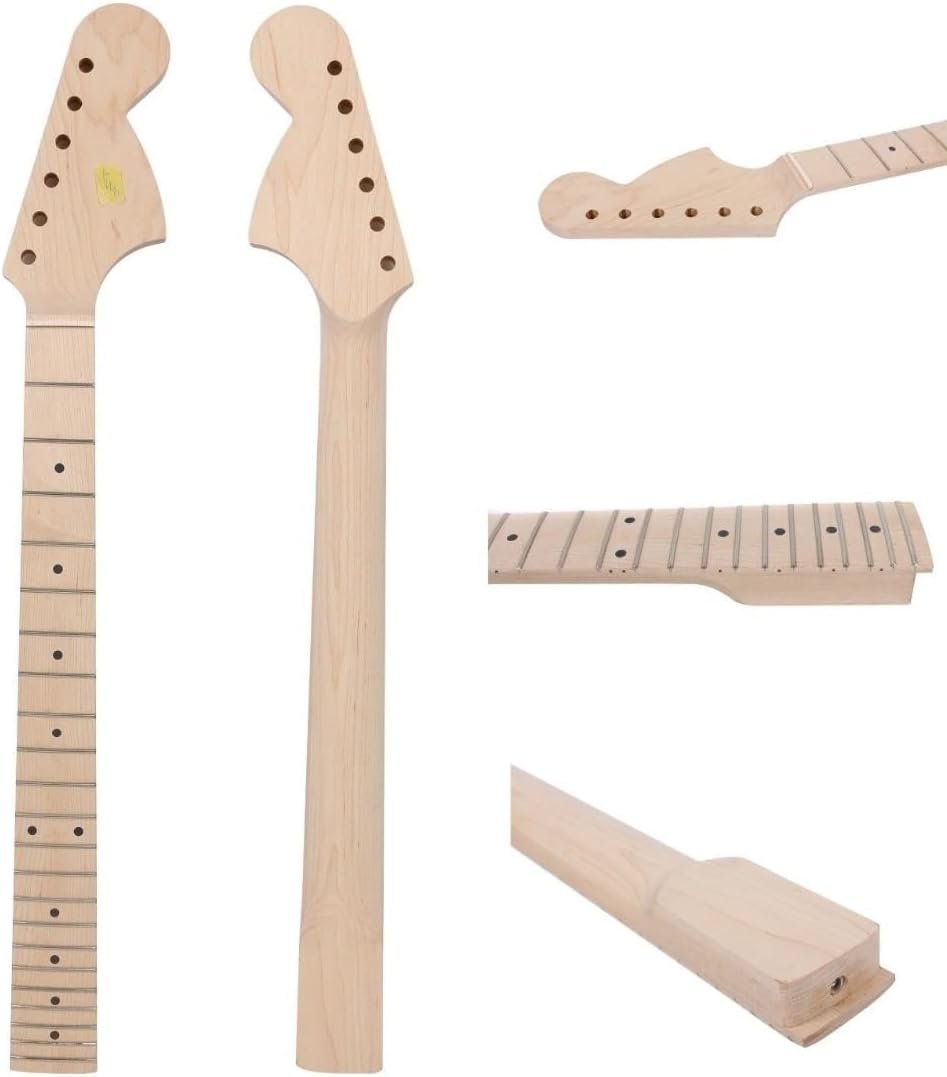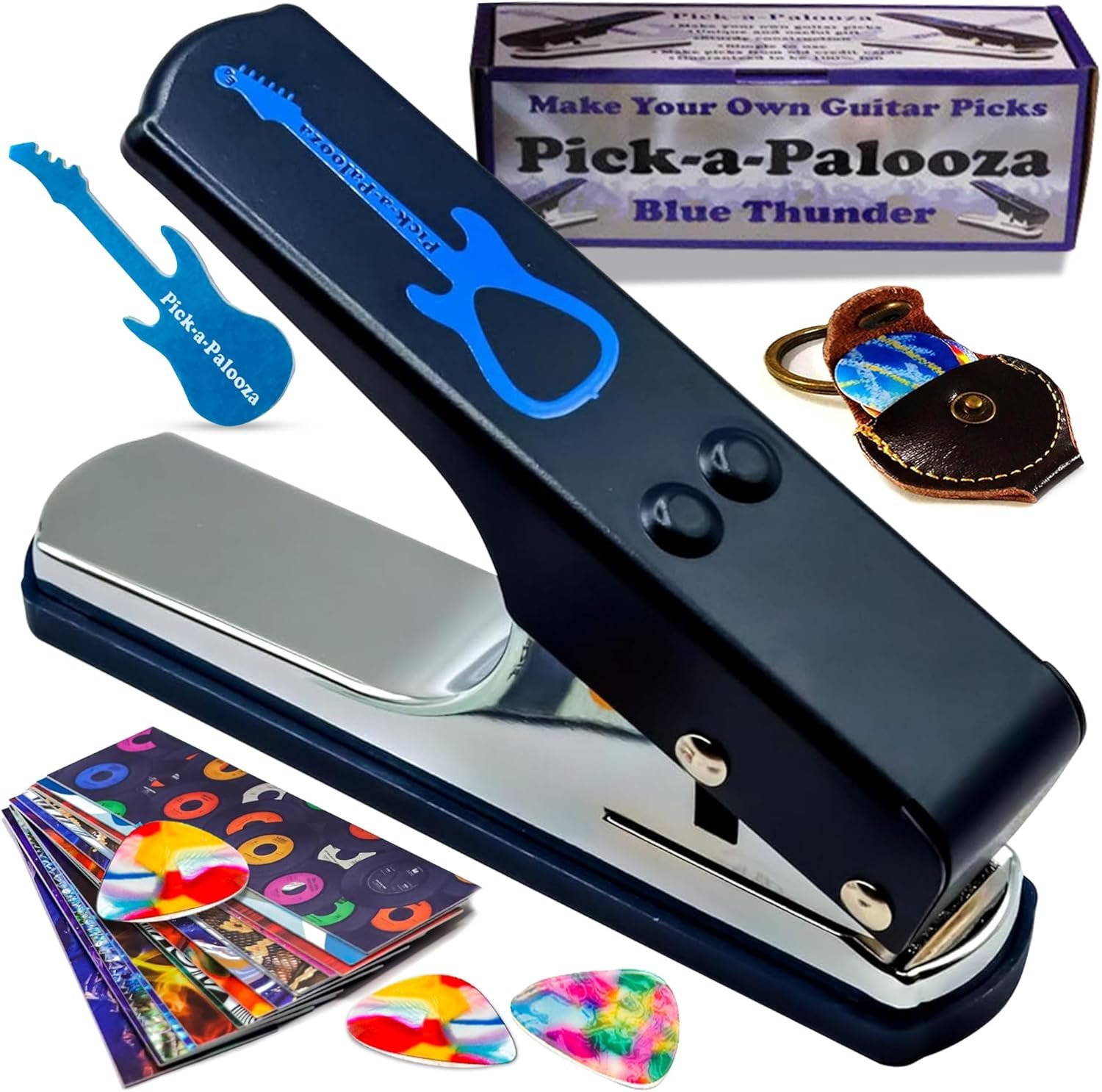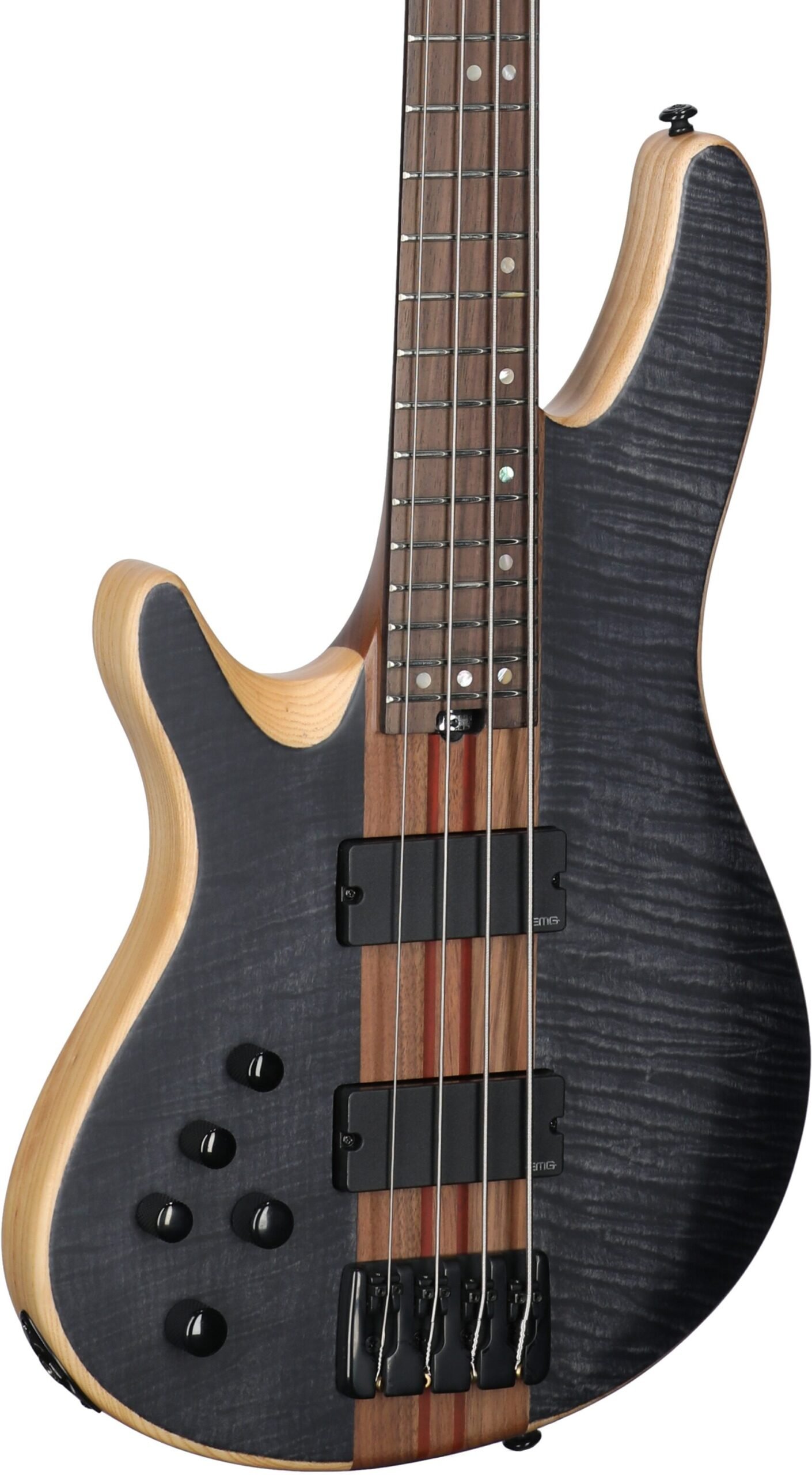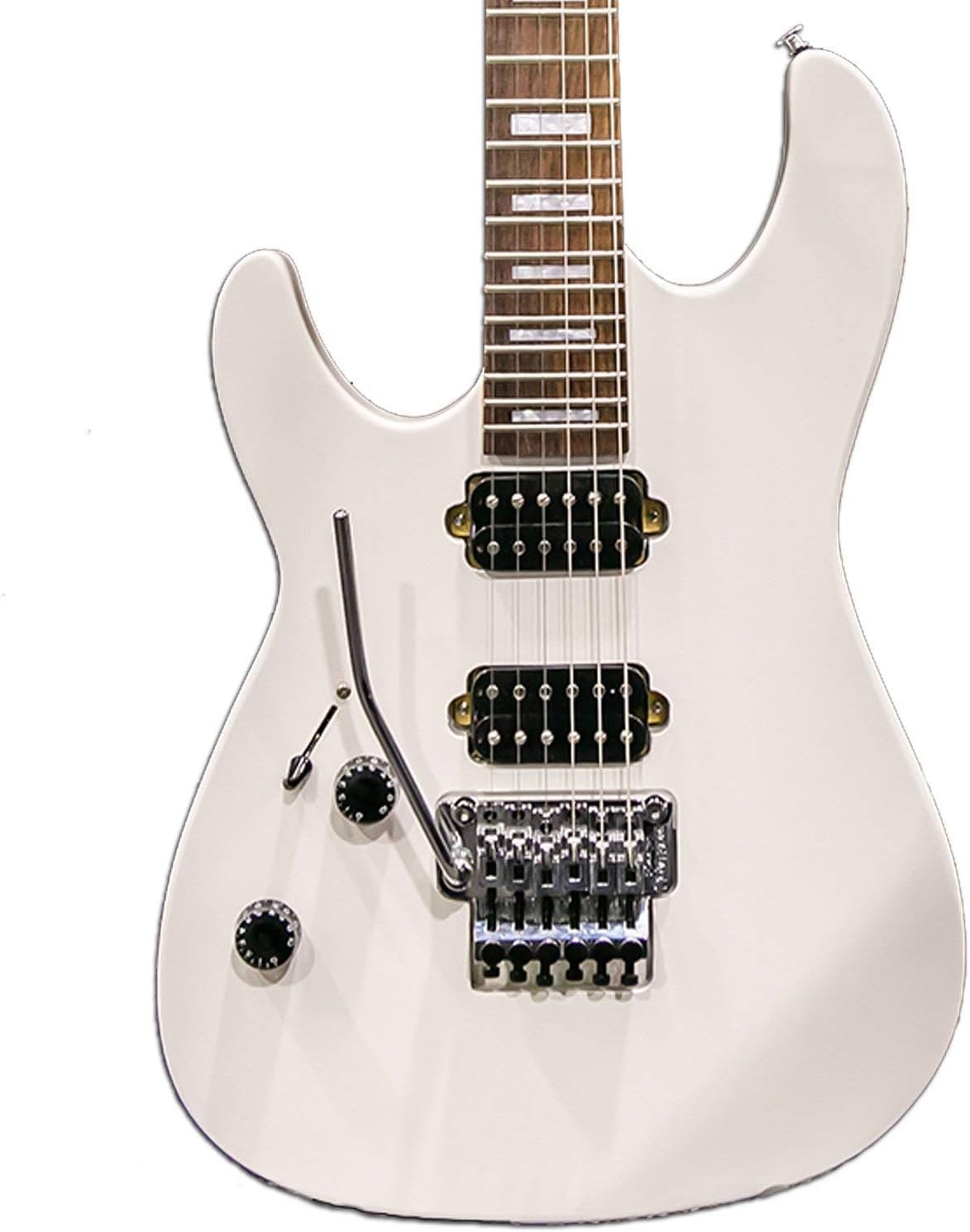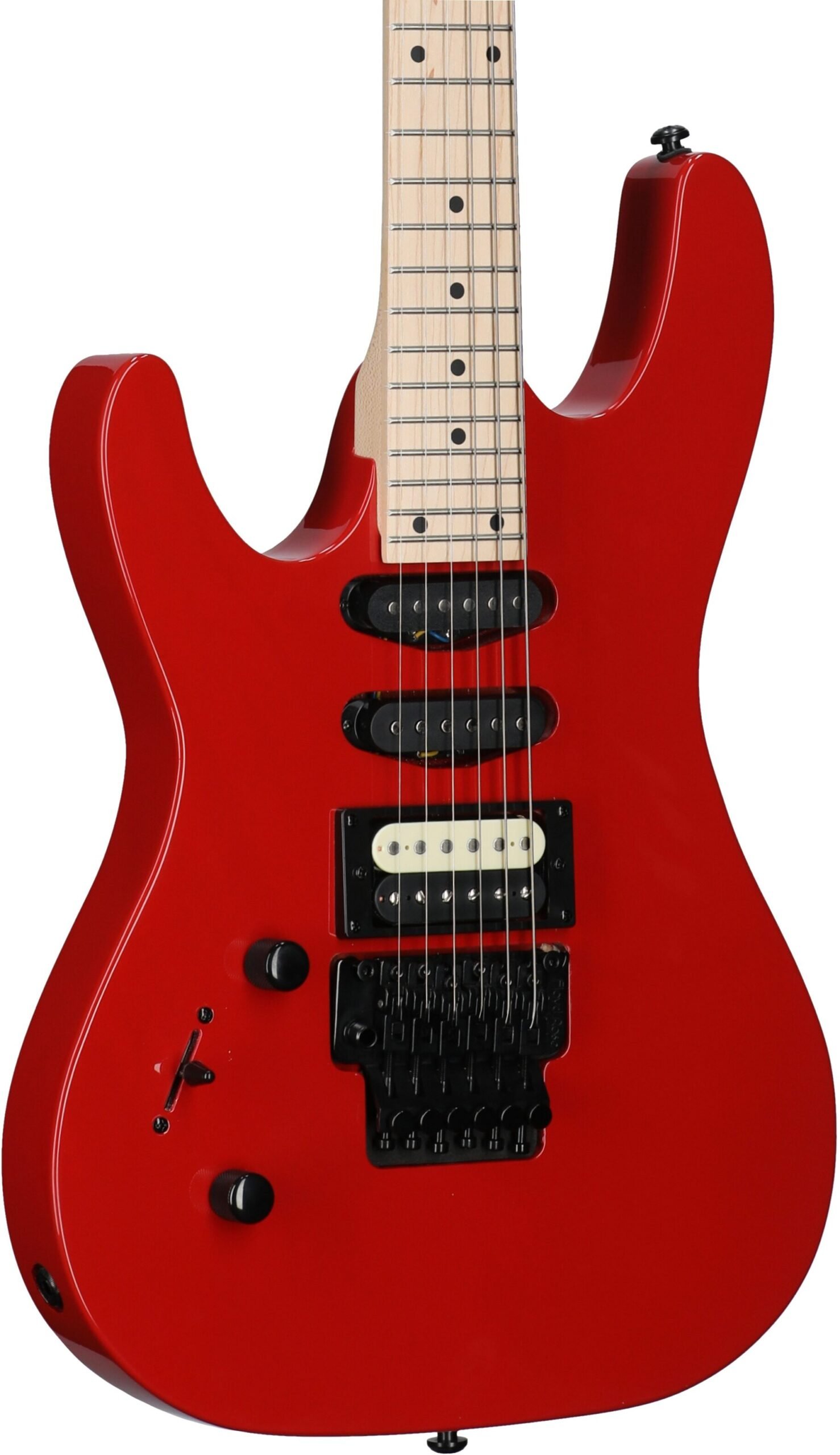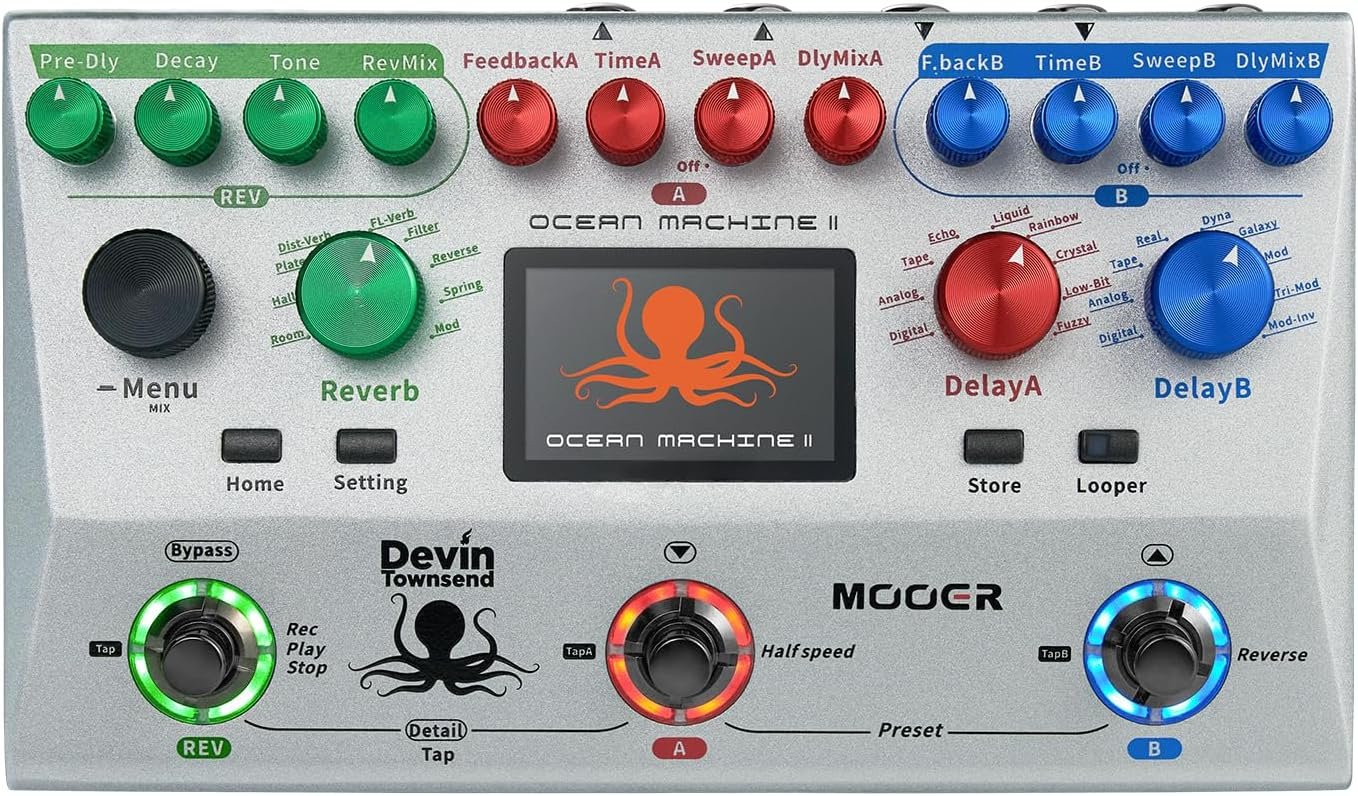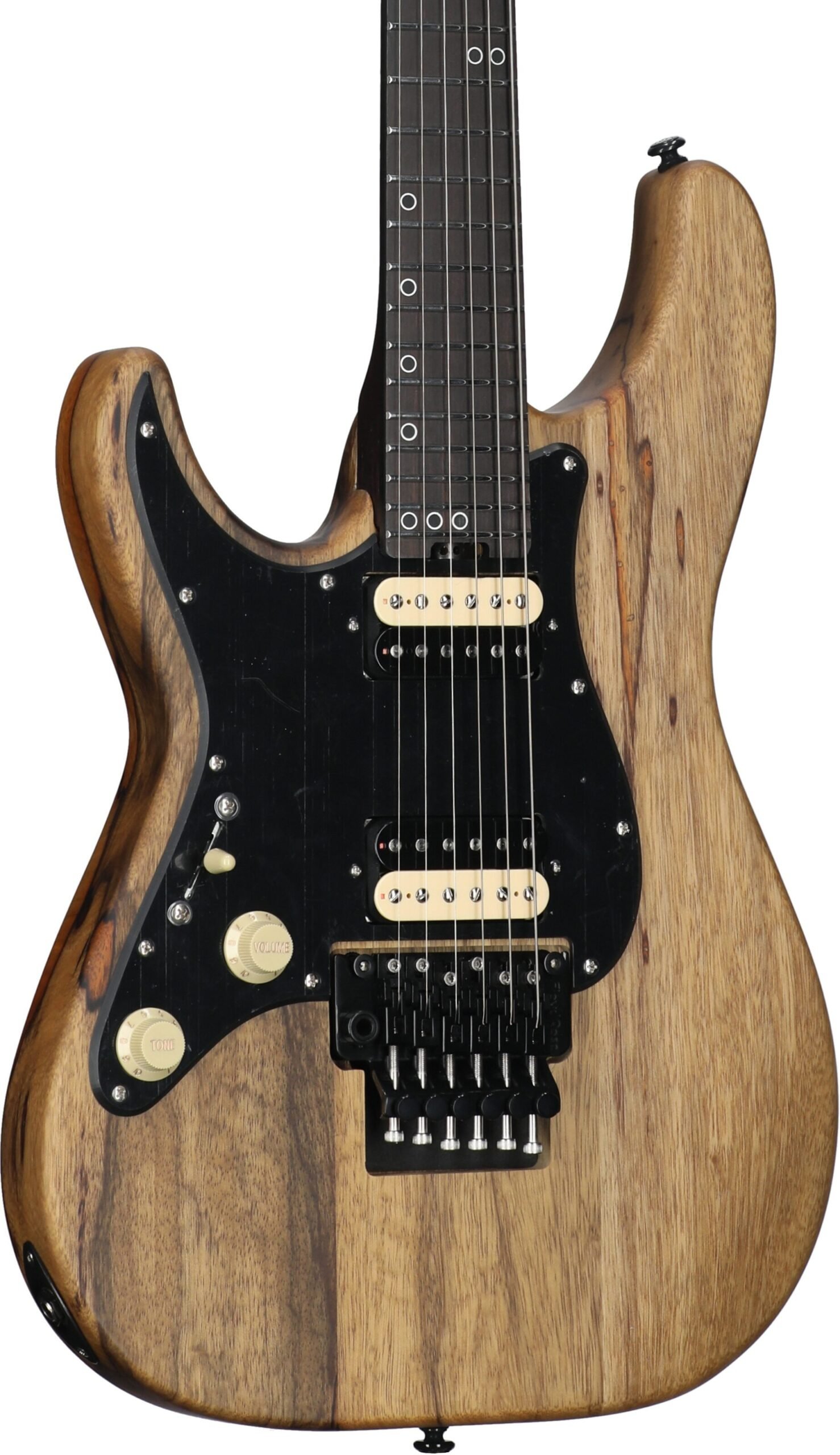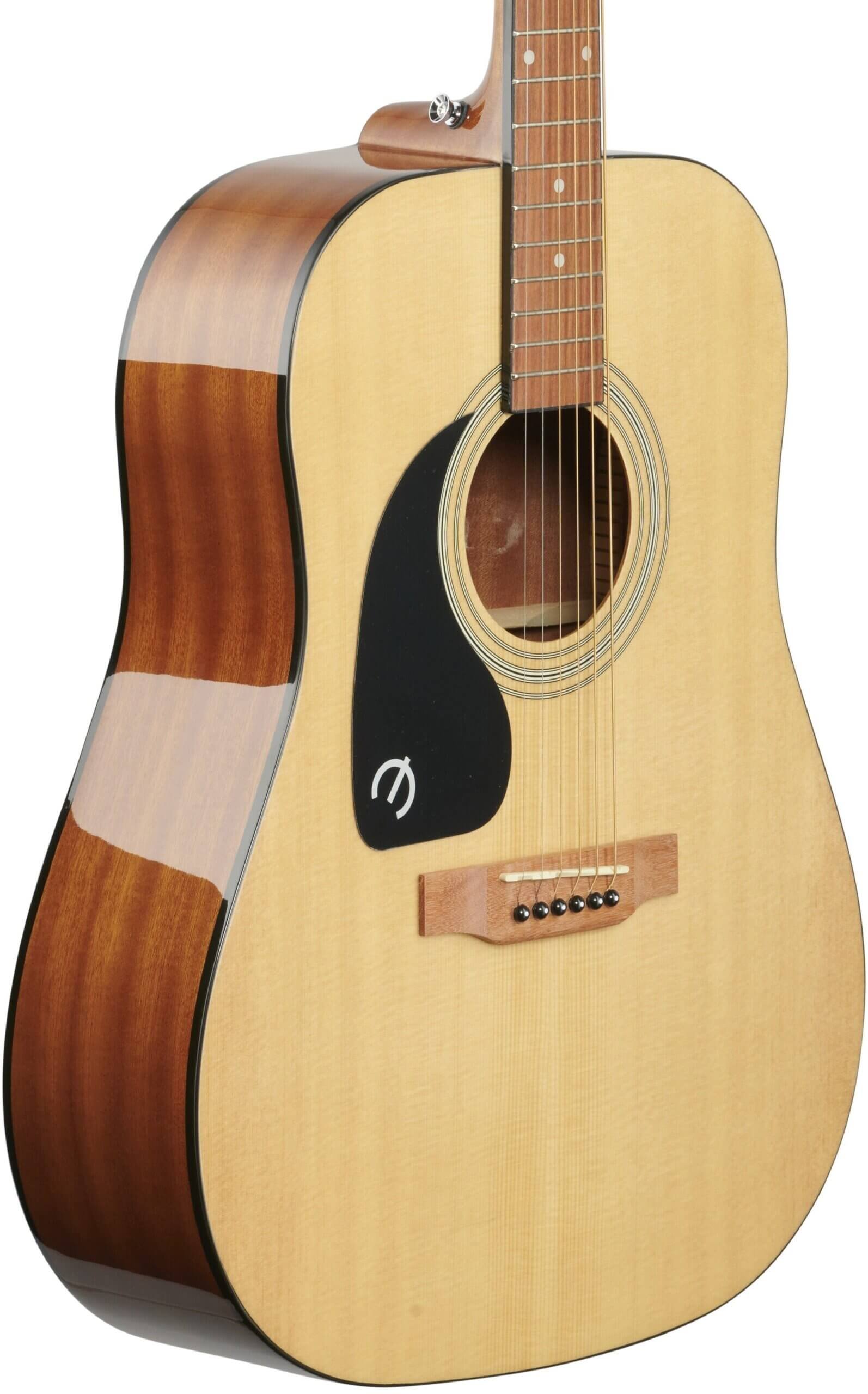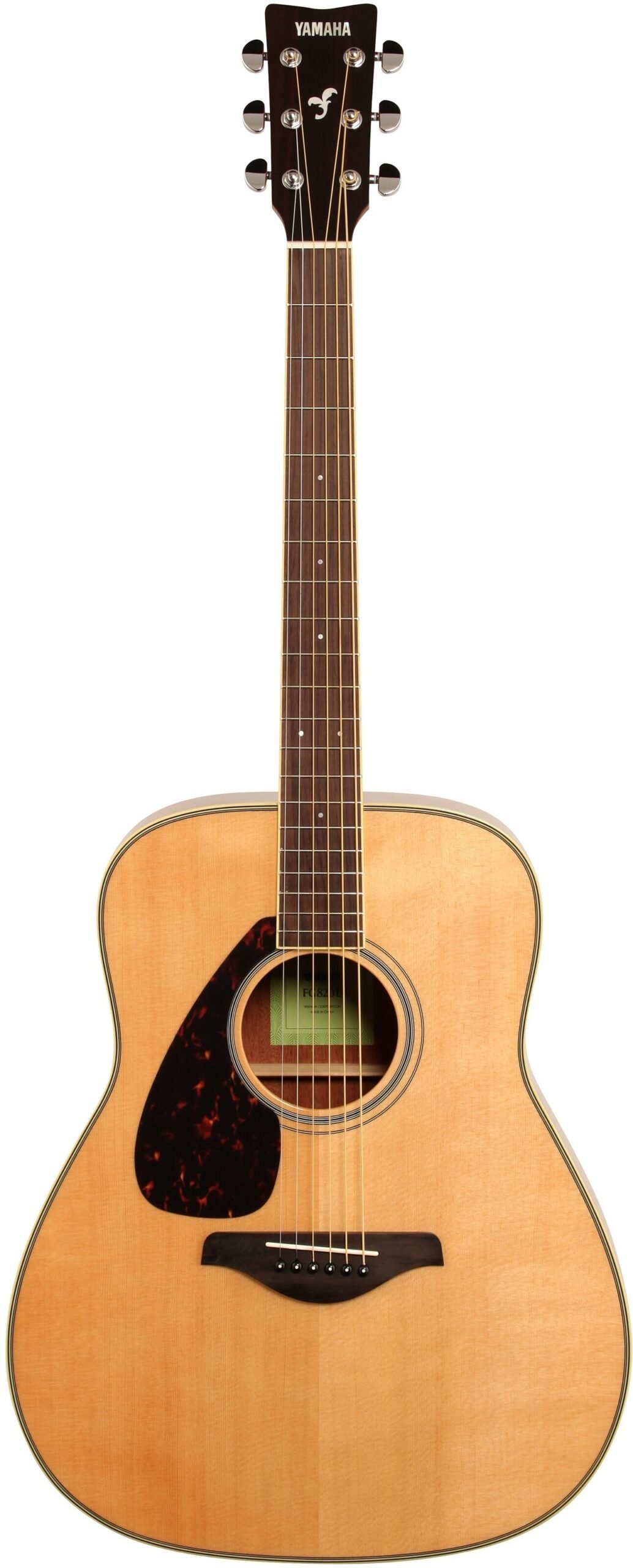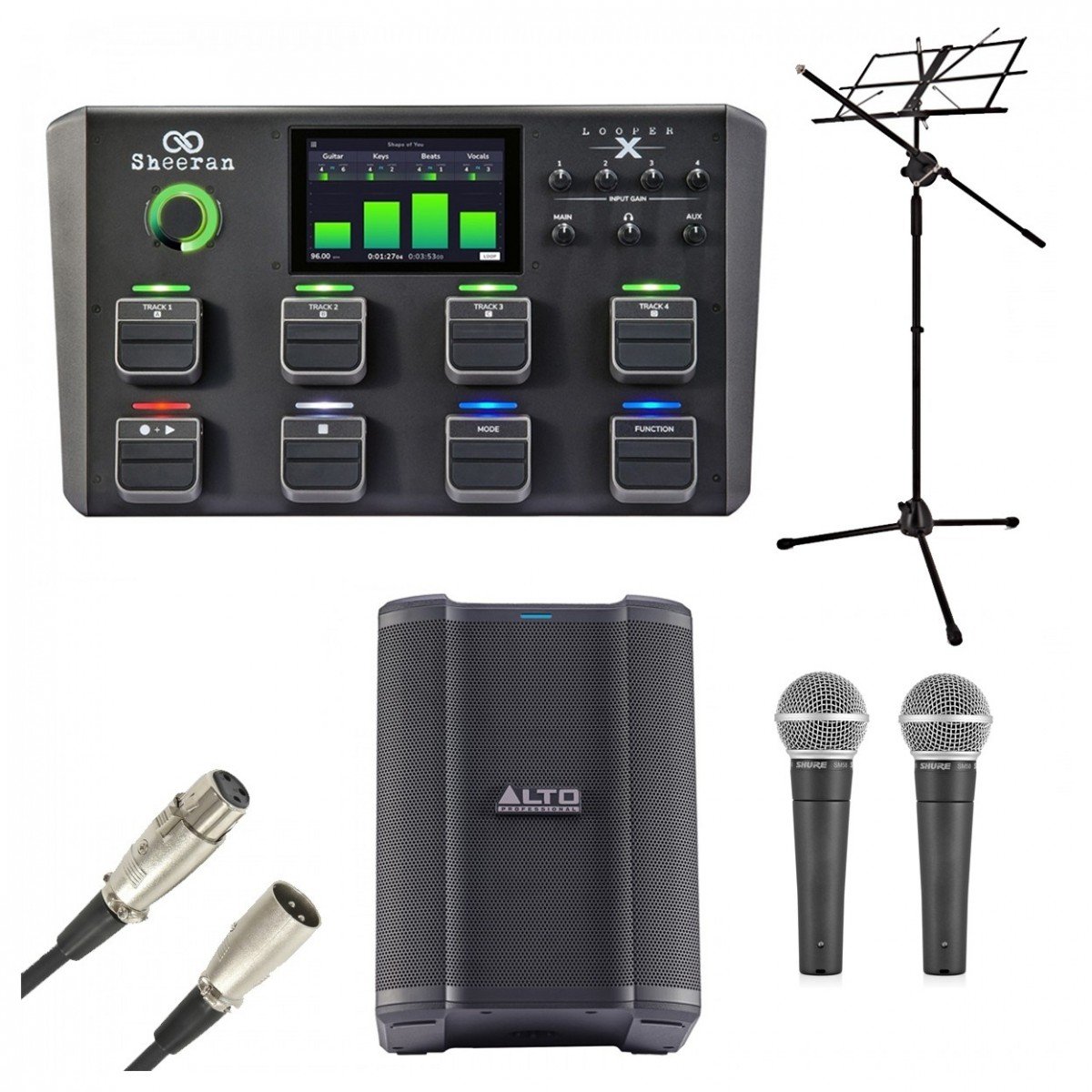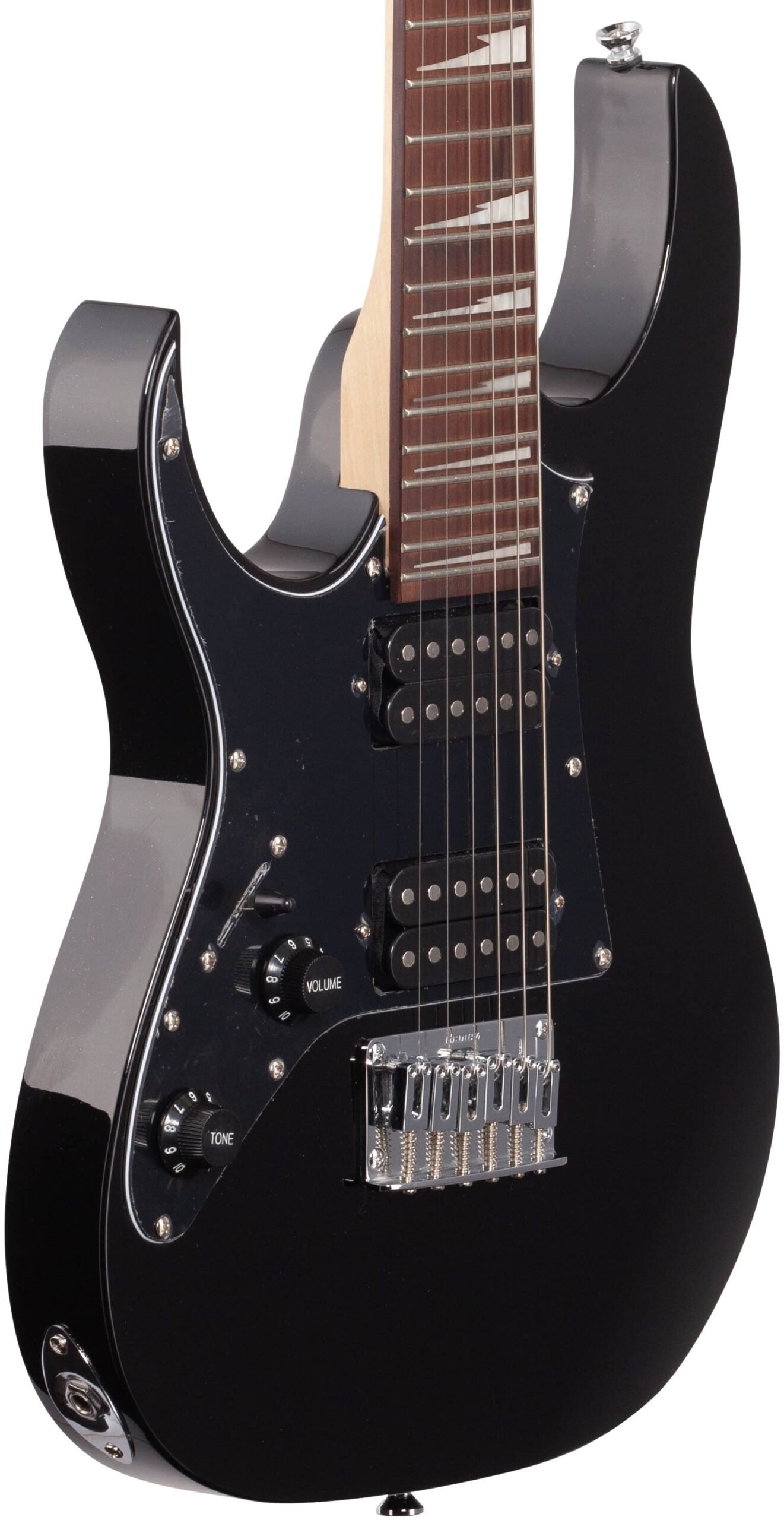Introduction to Left-Handed Guitar Playing
Playing the guitar has captivated musicians and hobbyists alike for generations. However, for left-handed individuals, finding the appropriate approach can be a bit more complex. While many resources are available for right-handed players, left-handed guitarists often face unique challenges. One of the primary hurdles is the availability of left-handed instruments and instructional materials. A left-handed player may struggle with conventional techniques that are primarily designed with right-handed players in mind. This discrepancy can lead to frustration and discouragement.
When learning how to play left-handed guitar, it is essential for left-handed individuals to access resources specifically tailored to their needs. This might include customized lesson plans, instructional books, and even left-handed guitars that promote a more comfortable playing experience. For left-handed players, utilizing a standard right-handed guitar can be particularly challenging, as the orientation of the strings and the fretboard may not align with their natural tendencies, potentially hindering progress. Moreover, especially during the initial stages of learning, it’s crucial for left-handed players to practice in a way that feels intuitive to them.
Finding a dedicated left-handed guitar book can greatly accelerate the learning process. Such resources often provide diagrams, notation, and methods that resonate with left-handed musicians, setting a foundation for effective practice. Tailoring lessons specifically for how to play left-handed guitar not only helps in mastering the instrument but also fosters an inclusive environment where left-handed players can thrive. As we delve further into this guide, we will explore essential tools and resources designed to support the left-handed guitarist on their musical journey.
Benefits of Learning Guitar Left-Handed
Learning how to play left-handed guitar can offer numerous advantages for those who are naturally left-handed. One prominent benefit is the reduced frustration often experienced during the learning process. Traditional guitar instructional materials are predominantly designed for right-handed players, which may lead to confusing and challenging learning experiences for left-handed individuals. By selecting resources specifically tailored for left-handed guitarists, learners can follow along in a manner that aligns with their natural tendencies. This personalized approach can foster a more enjoyable learning atmosphere, reducing barriers to entry for budding musicians.
Another significant advantage is improved playability. A guitar designed for left-handed players allows musicians to navigate chords, scales, and strumming patterns more fluidly. Left-handed guitars often have the strings arranged differently, providing a comfortable grip and enabling students to develop their skills uninhibited. This ergonomic consideration is vital, particularly during the initial stages of learning, when discomfort can deter progress. As players gain confidence and technical proficiency, they are likely to experience enhanced musical expression and creativity.
Furthermore, learning guitar left-handed can lead to better muscle memory development. Left-handed individuals often find that practice routines align more naturally with their motor skills, resulting in more efficient movement and coordination while playing. As they become more accustomed to the instrument and its mechanics, left-handed players are likely to discover unique playing techniques and styles that set them apart from their right-handed counterparts. This distinctiveness can also contribute to a personalized sound, further enriching their musical journey. In conclusion, focusing on how to play left-handed guitar not only makes the learning process more accessible but also supports skill development tailored to the player’s inherent strengths.
Overview of the Ultimate Beginner Book
The book titled “How to Play Left-Handed Guitar: The Ultimate Beginner Acoustic Guitar Book” serves as a comprehensive resource tailored specifically for left-handed individuals embarking on their guitar journey. Designed with the unique challenges faced by left-handed players in mind, it presents a structured approach to learning the instrument.
This book is systematically divided into various sections, starting with foundational concepts such as understanding guitar anatomy and basic chords. Each chapter is crafted to gradually build a left-handed learner’s skills, ensuring that the material is accessible and engaging. The visuals included in the book are particularly beneficial as they demonstrate left-handed finger positioning, ensuring that players can easily follow along and practice without confusion.
Furthermore, the content covers essential music theory concepts that every beginner should know, helping learners to not just play, but also to understand the music they are creating. Interactive elements such as exercises and play-along tracks allow for practical application of learned concepts, making it easier for left-handed learners to develop muscle memory.
This book also stands out with its easy-to-follow instructions and encouraging tone, making the experience less intimidating for beginners. With diagrams, clear explanations, and tips tailored for left-handed players, it demystifies the process of how to play left-handed guitar. The layout is intentionally designed to guide the learner step by step, which is essential for establishing a strong foundation in guitar playing skills.
In conclusion, “How to Play Left-Handed Guitar: The Ultimate Beginner Acoustic Guitar Book” is a well-rounded and carefully curated resource that effectively addresses the needs of left-handed beginners, ensuring a smooth and enjoyable learning experience in their guitar journey.
Key Learning Modules in the Book
For those interested in understanding how to play left handed guitar, the organization of the learning materials is critical to effective skill acquisition. The book is thoughtfully segmented into various modules, each designed with a specific focus, ensuring that learners progressively build their capabilities. One of the primary modules introduces basic chords, tailored specifically for left-handed players. These chords are presented in a manner that mirrors traditional instruction but adapted for the unique needs of left-handed individuals, making it easier for them to follow along.
Following the chords module, the book delves into strumming patterns that are essential for any aspiring guitarist. These patterns are designed to be intuitive, allowing left-handed learners to grasp rhythmic techniques without feeling overwhelmed. By focusing on patterns that can be smoothly integrated with the previously learned chords, students can gain confidence in their abilities as they progress through this segment. This ensures a seamless transition between different skills.
In addition to chords and strumming, the book includes a diverse selection of beginner songs. These songs have been carefully chosen to appeal to left-handed players, featuring familiar tunes that are both enjoyable and educational. The song arrangements account for the left-handed perspective, allowing learners to experience playing music that resonates with them both technically and emotionally.
The overall framework of the learning modules emphasizes a structured approach to mastering how to play left handed guitar. Each section builds on the previous one, reinforcing what has been learned while introducing new elements responsibly. This method ensures that learners not only improve their technique but also develop a holistic understanding of playing the guitar. With this organized approach, continuous advancement is facilitated throughout the learning process.
Author’s Expertise and Credibility
To effectively learn how to play left handed guitar, it is essential to rely on instruction that is both credible and proficient. The authors of this guide bring a wealth of experience and knowledge to the table, ensuring that readers are receiving quality information from seasoned professionals in the field of music education. Each author has dedicated several years to mastering the complexities of guitar playing, with a particular emphasis on techniques relevant to left-handed players.
Many of the expert contributors are professional musicians who have performed extensively in various genres, gaining firsthand experience of the unique challenges and advantages that come with playing a left-handed instrument. They understand the nuances required for left-handed guitarists, thus making their teachings particularly relevant and easy to grasp for beginners. Moreover, several authors hold degrees in music education, incorporating pedagogical techniques that have helped numerous aspiring guitarists develop their skills over time. This combination of practical and theoretical knowledge equips readers with a learning framework that is tailored to meet their specific needs.
In addition to their qualifications, the authors have contributed to various respected music publications and online platforms, sharing their insights on how to play left handed guitar. Their commitment to fostering an inclusive and supportive learning environment is evident in their writing. Each section of this guide is designed to instill confidence in readers, encouraging them to embrace their unique playing style without comparison to right-handed guitarists.
The authors’ extensive collective experience not only assures quality instruction but also inspires trust in the material presented. Aspiring guitarists can fully rely on this expertise as they navigate their journey into the world of left-handed guitar playing, knowing that they’re learning from the best in the field.
User Reviews and Testimonials
Many users have expressed their satisfaction with the left-handed guitar instructional resources available to them, specifically designed to assist those learning how to play left-handed guitar. One user, a beginner named Sarah, noted, “As a left-handed person, I often struggled with traditional teaching methods. However, this book provided clear guidance and techniques tailored specifically for left-handed players. I could finally grasp the concepts without feeling overwhelmed.” Her experience highlights the importance of having resources that cater to individual playing styles.
Another guitarist, Alex, shared, “I had tried learning guitar before with right-handed materials, but they just didn’t resonate with me. The left-handed guitar instructional book was a game changer. It broke down the chords and strumming patterns in an easily digestible manner, making the learning process enjoyable.” This sentiment is echoed by numerous users who appreciate the focused approach these resources take towards left-handed playing.
In addition, a user named Mark highlighted the book’s step-by-step structure, stating, “I loved how the book started from the basics and gradually advanced to more complex techniques. It allowed me to build my skills progressively, which is crucial for anyone learning how to play left-handed guitar.” Such testimonials reflect the product’s effectiveness in boosting confidence and enhancing skill development among left-handed beginners.
Overall, the positive feedback from users underscores the reliability of these instructional materials, showcasing their effectiveness in helping individuals navigate the challenges of learning guitar with a left-handed orientation. Their experiences suggest that potential buyers can trust these resources to guide them on their journey to mastering the left-handed guitar, making the learning experience both efficient and enjoyable.
Tips for Left-Handed Beginners
For left-handed individuals aspiring to learn guitar, there are several essential tips to consider that can significantly enhance the learning experience. First and foremost, it is crucial to choose the right type of guitar. Left-handed guitars are designed specifically to accommodate the natural hand orientation of left-handed players. When selecting your guitar, look for instruments that mirror the string arrangement of standard guitars but are tailored for left-handed play. This choice can simplify the learning process and aid in the development of muscle memory.
As you begin your journey on how to play left handed guitar, consider your practice environment. Create a dedicated space that is free of distractions, making it easier to focus during practice sessions. Consistency is key, so developing a routine that includes daily practice, even if brief, can lead to steady improvement. Explore various practice techniques; for instance, practicing chords and scales both slowly and at a faster pace can enhance dexterity. Additionally, using visual aids such as video tutorials or diagrams specifically designed for left-handed players can provide helpful guidance.
Maintaining motivation while learning is crucial. Set achievable, short-term goals to gauge your progress. These could be as simple as mastering a specific chord or song. Celebrate these milestones to keep spirits high. Engaging with the left-handed guitar community can also provide encouragement and resources. Look for online forums or local groups where you can connect with fellow left-handed guitarists. Sharing experiences can bring new perspectives and learning techniques. Ultimately, the combination of the right tools, techniques, and community support can make the process of learning how to play left handed guitar an enriching and fulfilling journey.
Where to Buy the Book
For aspiring musicians interested in learning how to play left-handed guitar, acquiring the right instructional materials is vital. One of the most comprehensive resources available is the book titled “How to Play Left-Handed Guitar.” This guide is tailored specifically for left-handed players, providing them with the techniques and exercises necessary to develop their skills effectively. There are multiple avenues through which you can purchase this book, depending on your preference for online shopping or in-person visits to music stores.
Online platforms such as Amazon, Barnes & Noble, and eBay offer the book in various formats, including hardcover, paperback, and Kindle editions. Shopping online often comes with the advantage of user reviews that can provide insights into the book’s effectiveness. Besides, many online retailers frequently run promotions or discounts, allowing readers to acquire this valuable resource at a reduced price. It is advisable to keep an eye out for seasonal sales, especially during holidays or back-to-school periods, to maximize savings.
For those who prefer a hands-on approach, local music stores are an excellent option. These establishments often carry instructional books for various instruments, and many will stock materials specifically for left-handed guitarists. When visiting a store, you might also benefit from interacting with knowledgeable staff who can provide additional guidance on your journey to learn how to play left-handed guitar. Furthermore, some local shops might offer loyalty programs or discounts for first-time buyers, making it a financially viable choice.
Whether you choose to purchase the book online or at a local music store, ensure that you have this essential guide in hand as you embark on your left-handed guitar-playing journey.
Conclusion: Start Your Musical Journey
As we reach the end of this beginner’s guide to left-handed guitar, it is essential to emphasize the significance of having access to the right resources for aspiring left-handed musicians. Learning how to play left-handed guitar can be a transformative experience if approached with the right mindset and materials. The availability of various resources, including specialized instructional books and online courses, can greatly enhance the overall learning process. By selecting materials that cater specifically to left-handed players, you will find a more intuitive path to mastering the instrument.
Proper guidance is crucial as you embark on your journey. Many left-handed guitarists often face challenges due to the lack of tailored learning resources. Therefore, investing in the ultimate book designed for left-handed players can make a substantial difference in your musical education. Such resources are specifically crafted to address the unique needs of left-handed guitarists and can help you effectively learn techniques and fundamentals, making the journey enjoyable and fulfilling.
Furthermore, engaging with a community of left-handed guitarists or seeking mentorship can provide additional support and perspective. These connections can offer encouragement and practical tips, showcasing how to play left-handed guitar in an encouraging environment. By fostering relationships with fellow musicians, you will not only enhance your learning experience but also cultivate a deeper passion for playing.
Ultimately, the time to start your musical journey is now. Equip yourself with the right tools and knowledge, and break through the barriers that may have held you back. The path to learning how to play left-handed guitar is one filled with creativity and self-expression; embrace it wholeheartedly and enjoy the process of becoming a skilled guitarist.




